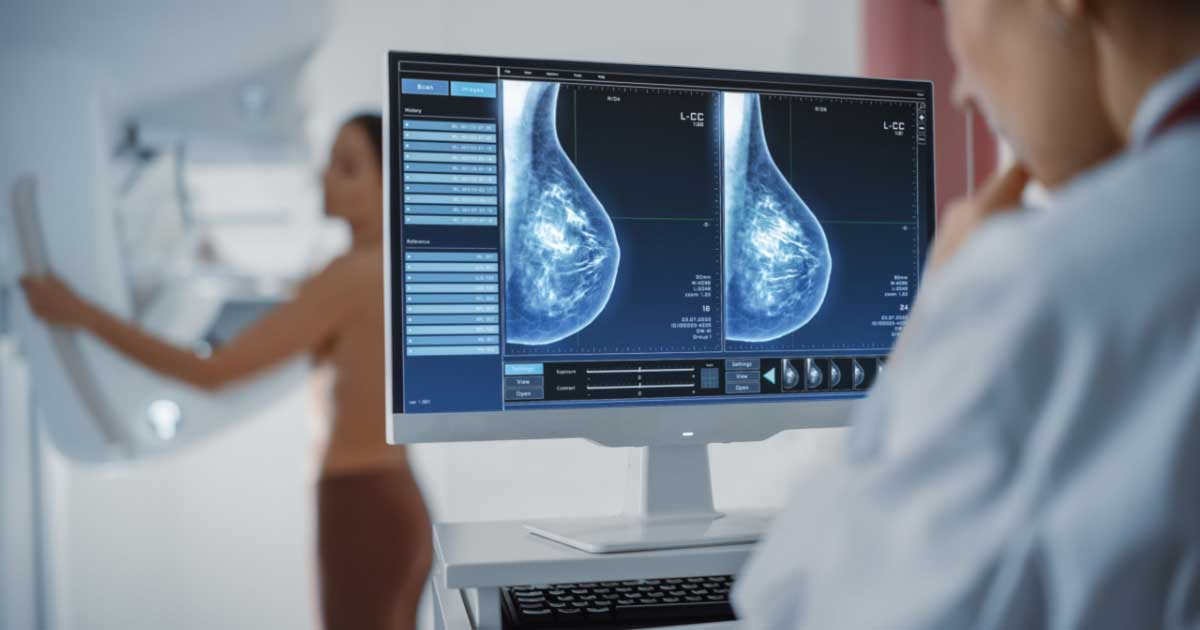Breast cancer is the most common cancer among women worldwide. It accounts for about 30% of yearly new cancer cases in the United States and approximately 12.5% of annual cancer cases globally. It is vital to understand the early signs of breast cancer as early detection greatly improves the chances of successful treatment and survival. Let’s have a look at the early signs of breast cancer, as well as common risk factors and what you can do to decrease your risk.
What is Breast Cancer?
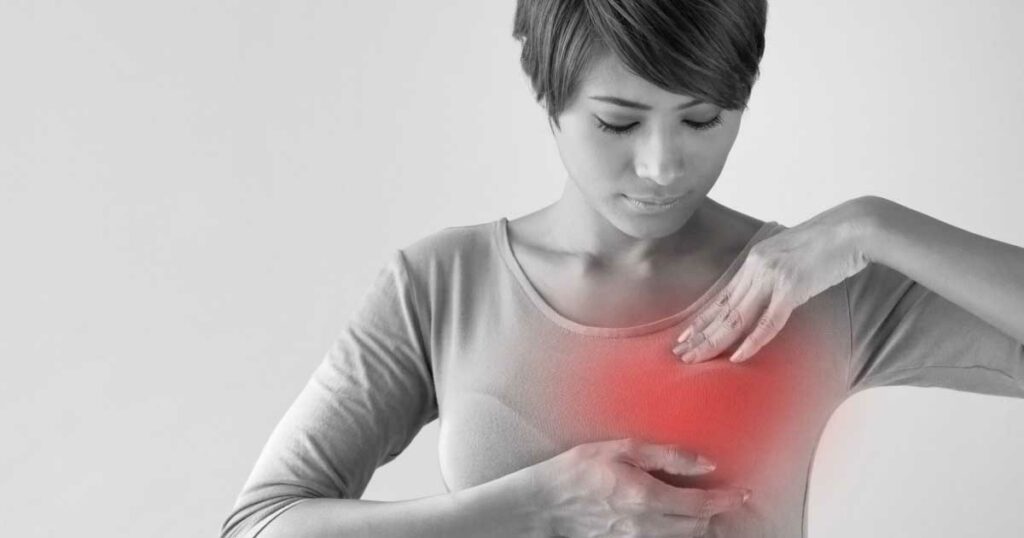
Breast cancer is a type of cancer that develops from the cells of the breast. It occurs when abnormal cells in the breast tissue grow uncontrollably, forming a tumor. These cancer cells can spread to other parts of the body if not detected and treated early. While it is most common in women, it can develop in men. Though less than 1% of breast cancer cases in the United States occur in men, this still accounts for around 2,800 cases.
Early Signs of Breast Cancer
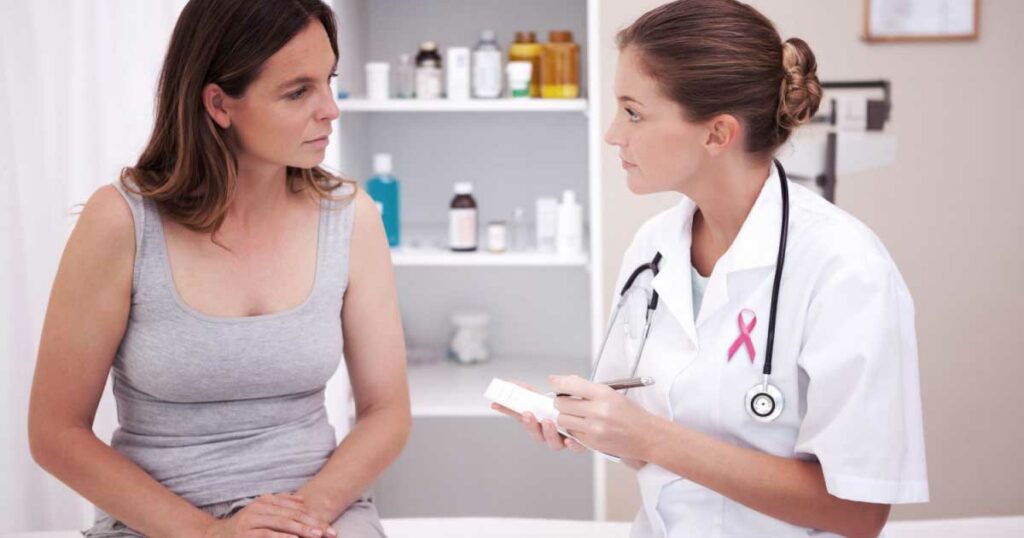
The most important factor in survival of breast cancer is detecting it as early as possible. The longer it lingers, the harder it will be to get rid of. Identifying the early signs of breast cancer can significantly increase the chances of successful treatment. Here are some common early signs to be aware of:
- Breast lump: The most common early sign of breast cancer is a new lump or mass in the breast or under the arm. Not all lumps indicate cancer, but it is essential to have any new lump evaluated by a healthcare professional.
- Changes in breast size or shape: Breast cancer may cause one breast to become larger or lower than the other or cause visible changes in breast shape.
- Nipple changes: Any changes in the nipple, such as inversion, flattening, or changes in direction, could be an early sign of breast cancer.
- Nipple discharge: Discharge from the nipple, especially bloody or clear discharge, that occurs without squeezing the nipple may indicate breast cancer.
- Skin changes: Dimpling, redness, or thickening of the breast skin, resembling an orange peel texture, can be an early sign of breast cancer.
- Breast or nipple pain: While breast and nipple pain is not usually a common symptom of breast cancer, persistent pain or discomfort that is unrelated to the menstrual cycle should be checked by a medical professional.
- Swelling or lump in the armpit: Breast cancer can cause swelling or a lump in the lymph nodes under the arm or around the collarbone.
Risk Factors for Breast Cancer
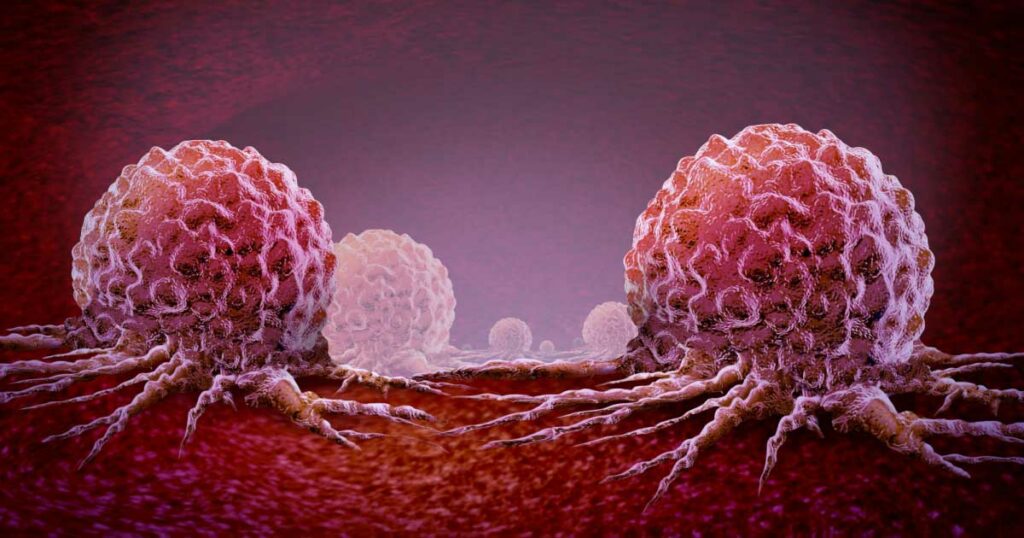
Although breast cancer can develop in anyone, certain factors may increase the risk. Some common risk factors include:
- Age: The risk of breast cancer increases with age, particularly after menopause.
- Family history: A family history of breast cancer, especially in first-degree relatives, increases the risk.
- Genetic mutations: Inherited gene mutations, such as BRCA1 and BRCA2, significantly increase the risk of breast cancer.
- Personal history: Previous cases of breast cancer or certain benign breast conditions may increase the risk.
- Hormonal factors: Lifelong exposure to estrogen, early menstruation, late menopause, and hormone replacement therapy may influence the risk. This includes the use of the contraceptive pill.
- Lifestyle factors: Drinking alcohol, being overweight or obese, and not getting enough exercise may increase the risk
Read More: 10 Ways to Help Reduce Your Colon Cancer Risk
Decreasing Your Risk
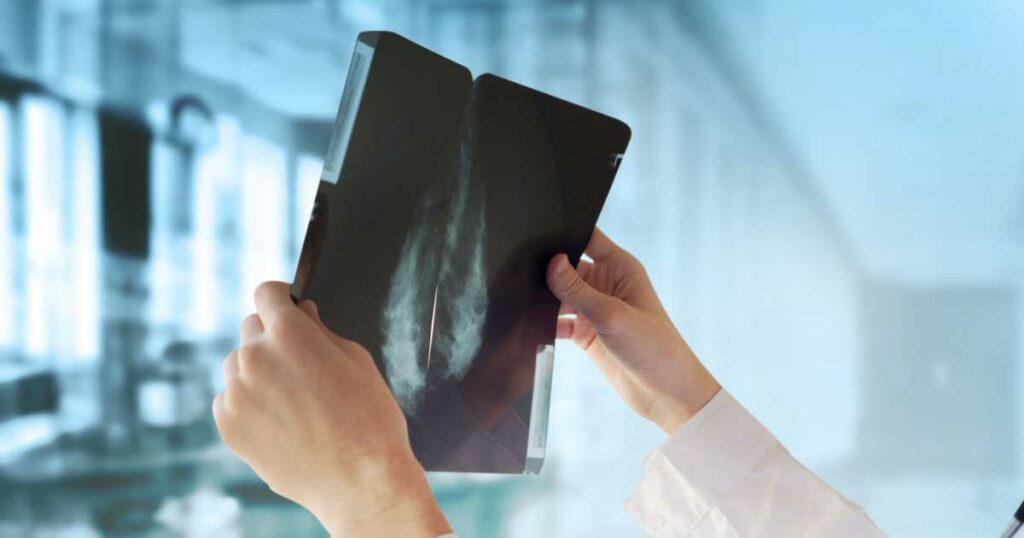
While some risk factors are non-modifiable, there are steps you can take to decrease your risk of developing breast cancer. The positive in all of this is that there is an opportunity to take control of your health here. While you can’t give yourself a 100% guarantee that you won’t develop cancer, you can greatly reduce your risk:
- Regular screenings: Schedule regular mammograms and clinical breast exams as recommended by your healthcare provider.
- Maintain a healthy lifestyle: Engage in regular physical activity, maintain a healthy weight, limit alcohol consumption, eat a healthy diet with plenty of fruits and vegetables, and avoid smoking.
- Breastfeeding: If possible, breastfeeding may provide some protection against breast cancer.
- Learn your family history: Talk to your family members about their medical history to identify any potential genetic risks.
- Stay informed: Stay updated on the latest research and recommendations for breast cancer prevention and detection.
Self Breast Examination

Performing regular self-breast examinations allows you to become familiar with your breasts and detect any changes. Here’s how to perform a self-breast examination:
- Stand in front of a mirror and look for any changes in breast size, shape, or skin texture.
- Raise your arms above your head and check for any noticeable changes in the breasts or nipples.
- Lie down and use the pads of your fingers to gently feel for lumps or abnormalities in each breast and armpit.
- Follow a systematic pattern, such as circular motions or up-and-down motions, while thoroughly examining each breast.
What to Do if You Suspect Breast Cancer
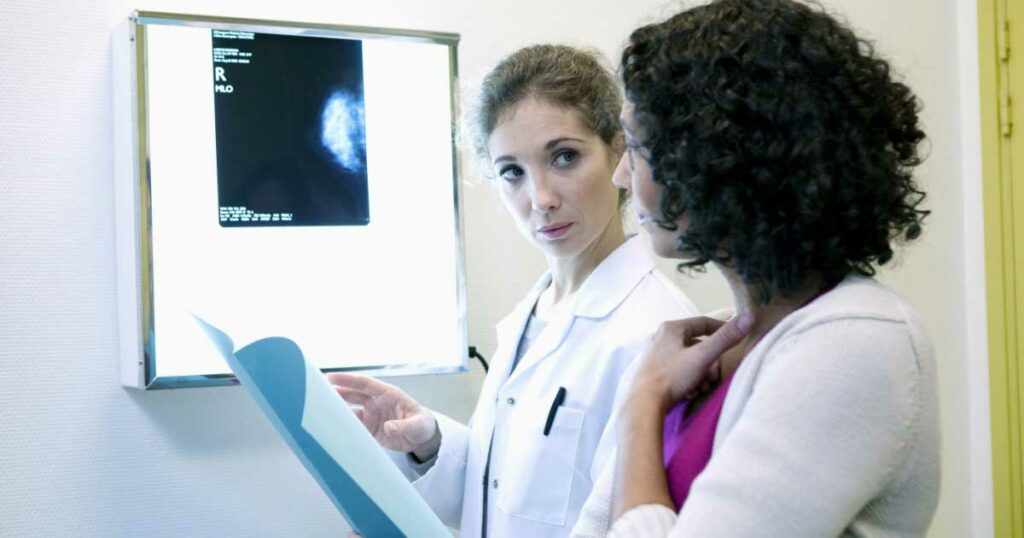
If you notice any unusual changes in your breasts or experience any symptoms that concern you, it is crucial to consult a medical professional. They will perform a comprehensive examination and recommend further tests, such as mammograms, ultrasound, or biopsies, if necessary.
The Bottom Line
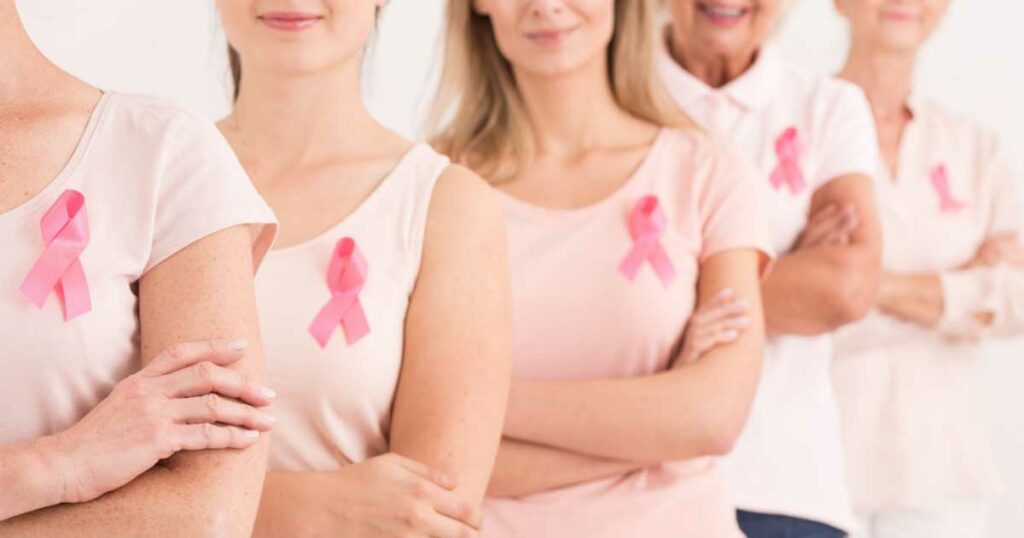
Early detection plays a critical role in the successful treatment of breast cancer. By being aware of the early signs, understanding the risk factors, and taking steps to decrease your risk, you can empower yourself to take control of your breast health. Remember to prioritize regular screenings, self-breast examinations, and consult your healthcare provider if you have any concerns. Together, we can strive for a future with decreased incidences and improved outcomes for breast cancer patients.
Read More: Little-known Eye Cancer Symptom Can Easily Be Missed. Here’s What to Look Out For.
Sources
- “Breast Cancer Facts and Statistics.” Breast Cancer
- “What Are the Symptoms of Breast Cancer?” CDC
- “Risk factors for breast cancer.” Cancer Research UK
- “Can I Lower My Risk of Breast Cancer?” Cancer
- “Breast self-exam for breast awareness.” Mayo Clinic
